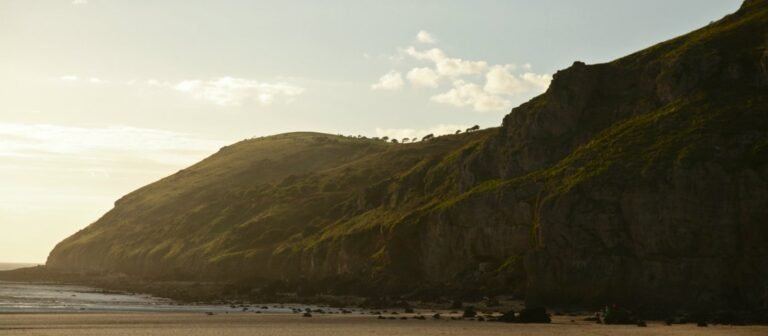The garden is separated into a number of distinct “outdoor spaces,” each with its own personality. As you walk out from the home through the garden, the formality of the ‘rooms’ fades.
Various flowers bloom at different times throughout the summer, producing a river of bloom that will flow throughout the season. Because many of their roses only bloom once in June, it’s the ideal time to take advantage of them. From early to mid-summer, various types of campanulas will display their pastel colours. At least a dozen different salvia varieties will bloom at the end of the season, delighting the garden.
Given the effects of furloughing staff and asking volunteers to stay at home, their emphasis has been to maintain the standards in the formal flower gardens from the beginning of the pandemic. Last year, Crimson Clover, green manure, was planted in the Kitchen Garden to help suppress weeds. They have used some of the ground this year to encourage plants in the garden to ‘bulk out,’ but the weeds have also appreciated the clear ground! Other portions of the Kitchen Garden have been covered with Mypex to reduce weeding, and their annual supply of pumpkins is taking advantage of the extra room
Their dedicated volunteers are now able to visit Hidcote on a more regular basis, and they are already making progress as the plant lines are revealed. In the meanwhile, the blossoms are attracting bug populations.
Hidcote has variety, colour, and aroma throughout the garden thanks to plant hunting expeditions around the world. Lawrence Johnston, the garden’s creator, was a plant enthusiast. He went to great lengths and expense to locate rare types that would enhance the garden with colour, aroma, shape, and texture.
He travelled extensively, visiting far-flung locations such as the Alps, South Africa, and China. He also traded plants with gardeners from all over the world, from Australia to Japan. To bring back to Hidcote, he carefully chose only the best types.











